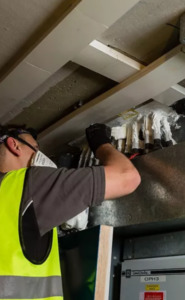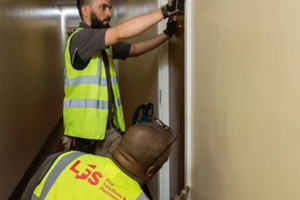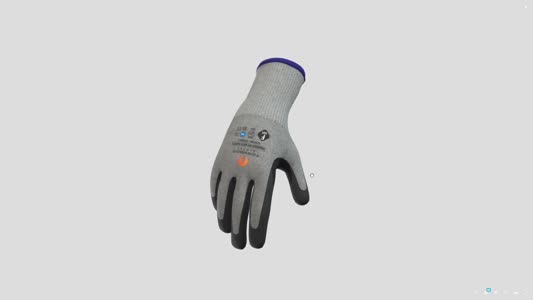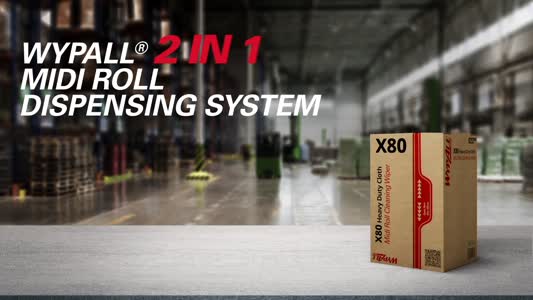
 |
Mark Sennett
Managing Editor |
 |
Kelly Rose
Editor |
| Home> | Premises | >Fire Safety | >Your guide to fire stopping installation |
Your guide to fire stopping installation
26 October 2022
INDOOR FIRE can become seriously dangerous very quickly. With the proper fire stopping safety measures in place, you can limit the spread of fire, allowing time for a safe evacuation. Without them, however, a fire can grow into an out-of-control blaze, says London Fire Solutions.

There are three main types of fire stopping installation:
-
Fire barriers
-
Fire curtains
Fire Doors
Fire doors are a fundamental form of passive fire stopping. They are designed to reduce the spread of fires, contain them in one room, and ensure that stairways and corridors are safe to access. Whilst safety measures such as sprinklers work to put out fires, fire doors' primary aim is to buy valuable time and keep escape routes accessible, allowing residents to evacuate the building safely.
Fire doors are composed of timber, aluminium, steel, or gypsum. They may also have anti-shattering glass. How long your fire door can prevent the spread of fire will depend on its rating, but you may be able to stop the spread for up to an hour.
Fire doors must always complete a seal when shut. They should be labelled as fire doors and must not be left ajar. To ensure your fire doors comply with regulatory requirements, they should be fit by a qualified individual. When choosing an installer, look for certifications from accrediting bodies such as BM Trada and Firas.
Fire Barriers
Cavity fire barriers offer further passive fire protection within ceiling and roof voids. They slow the spread of smoke and flames from travelling between floors of a building. Like fire doors, they help to confine the fire, maintaining safe exit routes out of the building.
Another important type of fire barrier offering vital protection is a fire stopper. A fire stopper fills gaps left around fire-resistant walls. This helps maintain the fireproofing of the wall by preventing flames and smoke from penetrating the gaps.
Fire Curtains
The third form of passive fire protection is fire curtains. Fire curtains are used as fire protection for large entranceways or open voids such as lift shafts. They are designed to come into use when your fire system is active.
Fire curtains add an extra layer of protection, further helping to limit the spread of a fire. Offering up to two hours of protection, they can significantly reduce the damage to the building by stopping the spread until the fire can be put out.
There is much more to fire safety than fire stopping installations. You must take active measures to prevent a fire from occurring in the first place. And, as alluded to in this guide, it is essential to have an evacuation plan. However, in the event of a fire, fire stopping is crucial to reducing the spread, giving you time to evacuate and for the fire to be put out.
For more information, visit www.lfsfire.co.uk

























